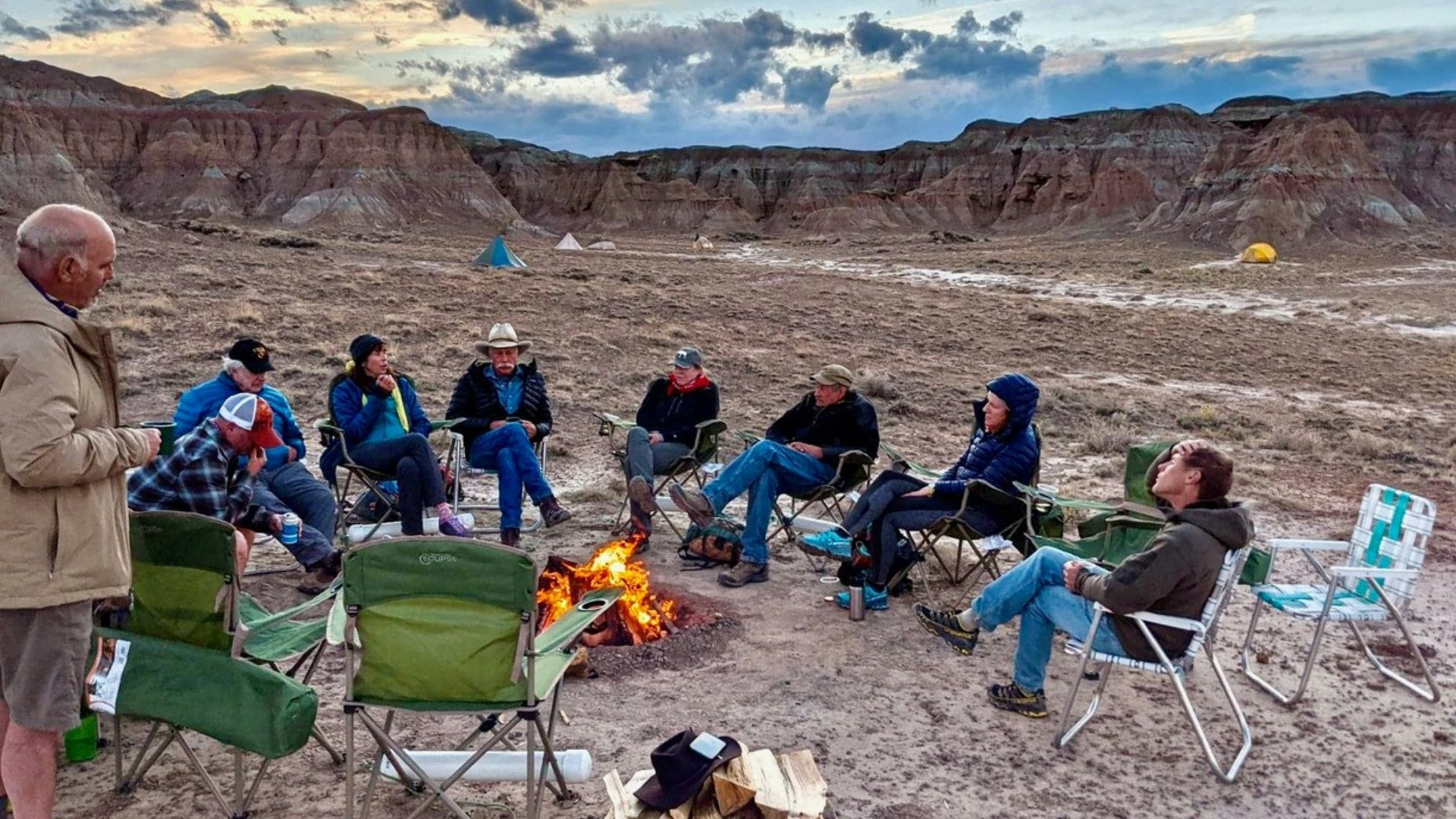No one ever said finding a working balance between economic development and conservation in Wyoming would be easy. And it’s getting harder in this post-covid reality – with the influx of new residents, more visitors, and Yellowstone-esque billionaires buying up land.
National forces are at play too: energy markets in transformation, growth of the digital economy and pendulum swings of land management objectives with shifting federal administrations.
It’s understandable that people are worried about their jobs, the affordability of their homes, the nature of their community and the fate of their favorite fishing hole or hiking trail. There’s a lot of uncertainty out there.
We can take pride and guidance in looking at how Wyoming has addressed these challenges in the past. But we also need to recognize when some things aren’t working and it’s time to come up with new ways of doing things.
Address Environmental Concerns Without Killing Industry
Our state has a long history of working together (often under duress and complaint) to address the environmental impacts of development in ways that allow those enterprises to go forward, but “on our terms.”
We did this in the ‘90s with the federal mandate for wildlife-vegetation reclamation on coal mines in the Powder River; in the 2000s for sage grouse – creating core area stipulations, allowing room for industry to proceed; and regarding ozone from oil and gas in the Upper Green, averting EPA’s heavy hand of regulation with special air quality standards. None of this was easy, none of it was perfect. It was hard work.
I especially believe we need to use this approach for the growing large scale renewable energy industry. Nay-sayers complain about environmental impacts, but their response is often to try to kill the industry outright through taxation tactics, instead of focusing on the stated conservation concern.
That’s not the Wyoming way and it ignores the many jobs, revenue and clean energy benefits this industry can provide. Add to this that several new industries moving here want to purchase clean energy for their operations.
How many are even aware of Game and Fish’s 80-page guidance about appropriate siting or mitigation of these developments? Or the extensive requirements in the Industrial Siting Act?
Maybe that’s the starting point.
We have the foundation to get this right for Wyoming, if we try.
But Yes, Some Places Are Too Special to Develop
Wyoming people have stepped up to the plate time and again to affirm this.
Examples: the vast public support shown for protecting the Kelly parcel in Grand Teton; passage of the Wyoming Range Legacy Act restricting oil and gas leasing there; and more.
Maybe the public outcry over mining at the base of Casper Mountain is another. These are discreet locations that have gained broad swaths of grassroots support from Wyoming folks. You can’t make these decisions top down or in bureaucratic isolation.
One reason I think the Rock Springs RMP was so controversial was because it looked like huge tracts of public lands were deemed off-limits to development.
Some friends tell me this isn’t true, but the optics, and insufficient grassroots outreach to bolster that viewpoint – failed to change the public’s understanding.
Thus – not the Wyoming way, in either finding balance or building grassroots support.
New Ways of Doing Things – One Idea
But change is happening and Wyoming is feeling it.
We need to be proactive to ensure we protect what we love: vibrant economies and communities intermixed with the best open spaces, wildlife and outdoor heritage in the nation. It’s worth the hard work.
Maybe it’s time to rethink some old institutions. State lands is one.
We’re saddled with an 1890s land structure in the 21st century. These lands – what were once considered isolated parcels – are now in proximity to residential developments, or have become prized front-country recreational areas.
Why not pursue some reasonable consolidations? Why not allow conservation leasing if it pays the same greenbacks as other uses?
Why not find parcels perfect for worker housing needs? Why not trade out restricted tracts in the middle of wilderness for lands more suitable for development?
Other states are doing these things.
Wyoming’s success in this balancing act has required leadership: folks willing to step up, grounded in a shared vision and “can-do” attitude.
We need to let go of our “positions” and talk more with each other about what we value.
We’re small enough in population to build these relationships and trust.
It’s hard work, but we can do it.
Steff Kessler lives in Lander.





